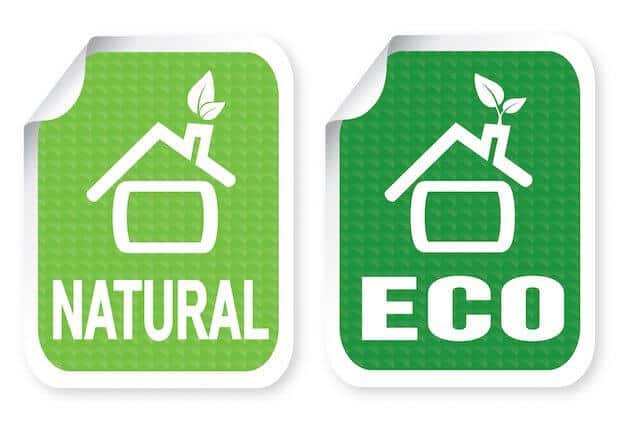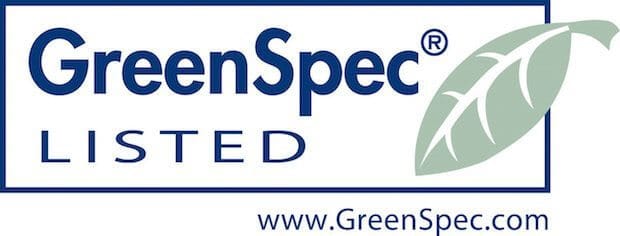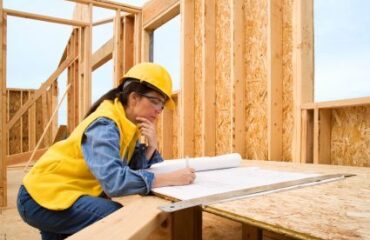Healthy Building Material Research

Healthy Building Material Research
Let’s Prove that the Good Guys Don’t Finish Last!
Building material manufacturers are trying to clean up their act. Leading companies are disclosing more chemical ingredients than the laggards, and if your healthy building material research relies solely on an MSDS you may be fooled into choosing a less healthy building material.
Companies that are leading the way are informing the public and the industry at large about what their products are made of. Some chemicals listed certainly give cause for pause. They are toxic and responsible for contributing to dangerous health conditions such as cancer, endocrine disruption, and developmental delays in children. Many manufacturers don’t even know the contents of their products; the decision to report not only teaches the public, but forces companies to come to terms with what they are putting out into the world. Their transparency sets the stage for alternative solutions. Instead of choosing products with Material Safety Data Sheets littered with “Not Available,” choose products that disclose their ingredients. It’s likely these are the healthier and more environmentally friendly options.
There are several programs that facilitate transparency as well as single out the most sustainable products out there. When we cannot rely on chamber testing to know for sure, we often utilize these four resources to navigate the healthy building materials research ecosystem.
What’s in a Label?
OR
GREENGUARD (Most Meaningful)
GREENGUARD serves as Underwriters Laboratories’ (UL’s) third party certification program for products used in interior spaces. Its chief purpose is to ensure healthy indoor air quality by setting standards for strict chemical and particle emission limits. These standards are primarily for building materials, finishes, interior furnishings, furniture, cleaning products and electronic equipment. Products are tested in environmental chambers. Measured emission levels are converted to air concentrations representing what a person will actually breathe.
There are several types of GREENGUARD certifications: GREENGUARD, GREENGUARD Gold, and GREENGUARD Private Label. Companies that seek basic GREENGUARD certification must comply with emission limits from strict building codes, government recommendations, and other third party certification programs. These include: ANSI/ASHRAE Standard 62.1-2007, Ventilation for Acceptable Indoor Air Quality, the US Environmental Protection Agency’s recommended exposure factors, The World Health Organization exposure limits, Washington State’s indoor air quality program, Germany’s Blue Angel Program, LEED for New Construction (LEED-NC) and, LEED for Commercial Interiors (LEED-CI). In scenarios where the emission levels differ, the more stringent requirement applies.
GREENGUARD Gold Certification (formerly known as GREENGUARD Children and Schools Certification) requires lower emission limits that account for those more susceptible to chemical emissions such as children and the elderly. The exposure to VOCS can be no greater than 1/100 of the currently published ACGIH Threshold Limit Values (TLVs) and no greater than one-half of the California Chronic Reference Exposure Levels (CCRE). GREENGUARD Gold products are eligible to earn credits for CHPS Best Practices Manual K-12 Schools, LEED, NAHB Green Building Guidelines, & Green Globes, amongst others. GREENGUARD Private Label applies to an entire company that adopts GREENGUARD standards for all its products.
Search among the nearly 20,000 GreenGuard Gold certified building materials here.
Pharos Project
The Pharos Project was created to analyze the chemical composition of select building products. To date, Pharos has created a database containing 1,600 building products and over 34,000 chemicals. Pharos determines health hazards that can stem from particular products such as cancer, neurotoxicity, and/or endocrine disruption (amongst others). In addition to a general overview of health hazards, Pharos targets specific chemicals responsible. To utilize Pharos’ healthy building material research requires a paid subscription.
A large part of the analysis is determined by Pharos’s “GreenScreen for Safer Chemicals” assessment. A GreenScreen assessment is either conducted by a licensed GreenScreen Profiler, or a “list translator.” A list translator is an automated comparison tool that determines a chemical’s score based on how many hazard lists it’s on.
Pharos’s Chemical and Material Library (CML), provides the foundation for GreenScreen and in turn, each product’s evaluation. The CML plays an instrumental role in creating a healthier building industry. Before Pharos’s Chemical and Material Library, there was no one database that assessed chemicals from multiple endpoints. The Pharos project was created to address the lack of transparency from building material manufacturers. Pharos’s work makes evident the tremendous impact materials have on human and environmental health, making the public and industry leaders more aware of market changes needing to take place to provide alternative solutions. Ingredient data is derived from self reporting of manufacturers and does not involve any chamber testing.
GreenSpec is BuildingGreen’s online product guide. BuildingGreen is a comprehensive and well trusted media source that leads the building industry toward safe and sustainable solutions. GreenSpec also requires a paid subscription.
GreenSpec’s product list contains over 2,600 environmentally preferable products. All products are chosen by GreenSpec’s independent editorial staff with the goal of ensuring an unbiased look at the market’s greenest building materials. GreenSpec does not accept advertisements nor does it allow/require manufacturers to pay to get their product evaluated or listed. No chamber testing or additional transparency/disclosures are required to be listed.
Health Product Declaration (HPD)
A Health Product Declaration (HPD) takes the information provided on Material Safety Data Sheets (MSDS) to the next level. Its purpose is to push manufacturers toward greater product transparency and in so doing, create a healthier material ecosystem. Companies who participate in the program inform the public about the chemicals they are using and their effects. Health Product Declarations are standardized, giving manufacturers a guide for where to focus their energies. Companies are not obligated to produce Health Product Declarations, so the ones that do demonstrate a greater commitment to product safety and transparency. The hope is that this in depth reporting will drive innovation as more knowledge is uncovered and exchanged.
To achieve 3rd-party verification, a HPD must have 100% disclosure of known ingredients and/or 100% disclosure of known hazards down to 1000 ppm. This is a relatively new program and currently only larger industry leaders seem to be going for HPDs in a rush to prepare for LEEDv4 requirements. The disclosed material ingredients may look scary, but these companies are leading the way in transparency and therefore being rewarded in the green building community.
While chamber testing may be the only way to really know what will off-gas from any given material, it’s usually only applied for a short period of time (e.g., 12 hours – 4 weeks). So even our best known approach for measuring material toxicity cannot account for long term off-gassing of VOCs and semi volatile organic compounds (SVOCs), dust, leaching impacts to water/soil, etc. Healthy building material research remains a combination of art and science, in the meantime we put more faith in GreenGuard Gold than other 3rd party stamps, but the healthy building material landscape is constantly changing.
Contact us if you need help on your next healthy building project!








